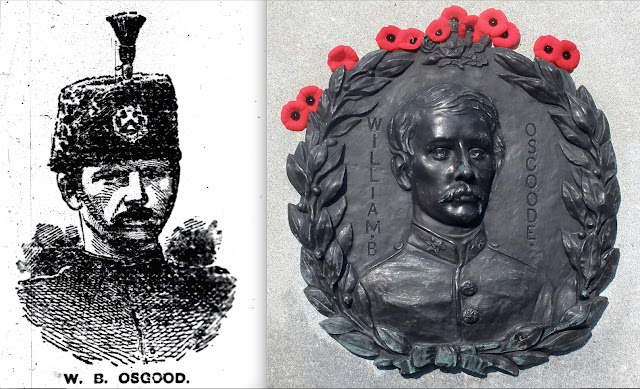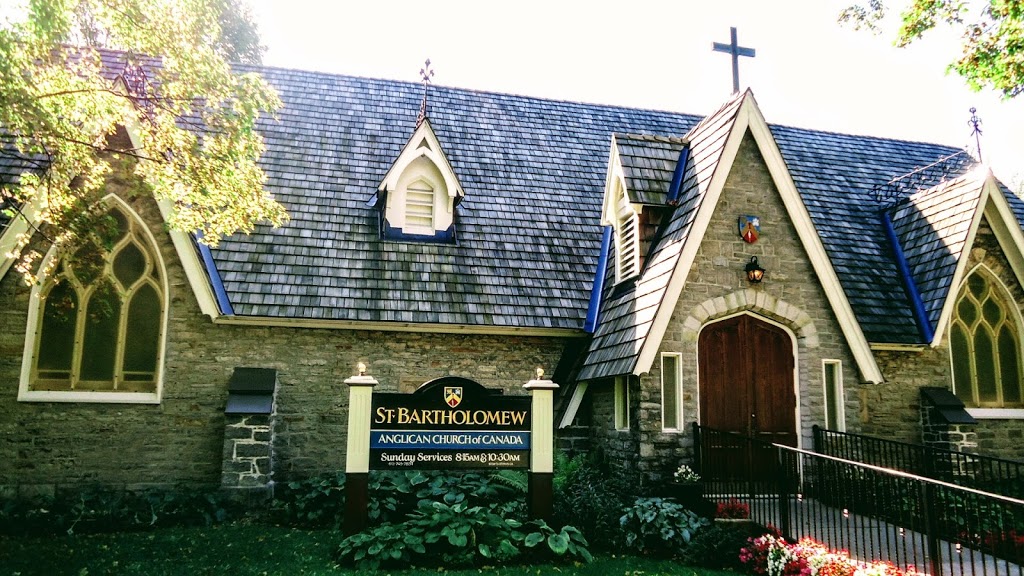
Osgood and Rogers - the first casualties
The Governor General's Foot Guards (GGFG) is the senior reserve infantry regiment in the Canadian Army located in Ottawa, our National Capital.
The GGFG are infantry reserve soldiers whose domestic operations include natural disaster or public emergency such as it did during the 1998 Ice Storm, flooding in 2017 and 2019, and during the COVID-19 pandemic in 2020. It also involves training for international operations and support to the Regular Force on operations in countries such as Afghanistan, Sudan, Iraq, Jordan, Egypt, Latvia, and Ukraine where troops from the regiment have deployed in recent years.
They are most known for their Ceremonial duties in Changing the Guard on Parliament Hill and Rideau Hall in red scarlets and Bearskin. providing sentries at the tomb of the unknown soldier and are part of receiving heads of States and dignitaries from across the globe. More recently, their duties brought the regiment to represent the Department of National Defence for funerals at the National Military Cemetery of Canada.
Privates Rogers and Osgoode were the first two casualties for the regiment and were repatriated to Beechwood.
WILLIAM OSGOOD Section 24, Grave 1 W

William Osgood was born in Buckingham, Quebec on January 17, 1861, the only son of Jeremiah and Ann Osgood. The Osgoods relocated to New Edinburgh in the 1870s and just prior to the outbreak of the 1885 North-West Resistance, William Osgood was employed as a machinist at Paterson and Law, an iron foundry.
The North-West Resistance (or North-West Rebellion) was a violent, five-month insurgency against the Canadian government, fought mainly by Métis and their First Nations allies in what is now Saskatchewan and Alberta. It was caused by rising fear and insecurity among the Métis and First Nations peoples as well as the white settlers of the rapidly changing West. A series of battles and other outbreaks of violence in 1885 left hundreds of people dead, but the resisters were eventually defeated by federal troops. The result was the permanent enforcement of Canadian law in the West, the subjugation of Plains Indigenous Peoples in Canada, and the conviction and hanging of Louis Riel.
Like so many others of his generation, William was attracted to the militia and became a member of the 43rd Regiment.
When the call went out for volunteers for the Ottawa Sharpshooters, William was anxious to serve and was accepted over the protests of the commanding officer of his militia unit. Osgoode, along with his comrade John Rogers, was killed at the Battle of Cut Knife Hill on May 2, 1885, the only fatal casualties suffered by the Sharpshooters in the Rebellion.
The Battle of Cut Knife is a significant battle that took place during the North-West Resistance of 1885. The Cut Knife battlefield is located on the Poundmaker Reserve, about 40 km west of Battleford, Saskatchewan, just north of Cut Knife Hill, a feature named for a Sarcee warrior who died near there. A cairn sits near the middle of the battlefield, near the grave of Pitikwahanapiwiyin (Poundmaker).
They were initially buried at Battleford, but were subsequently exhumed and returned to Ottawa where they were re-buried at Beechwood with full military honours. Osgood was commemorated in a church window in 1886 at St. Bartholomew’s Church, New Edinburgh.
St. Bartholomew's Anglican Church is a place of worship in Ottawa, Ontario, Canada. The building was constructed in the latter half of the 19th century and serves the surrounding neighbourhoods. Additionally, St. Bartholomew's is, due to its location next to Rideau Hall, the place of worship for various Governors General of Canada (whether or not of the Anglican faith) and some members of the Canadian Royal Family. It is also the regimental chapel of the Governor General's Foot Guards.
JOHN ROGERS Section 24, Grave 1 W

John Rogers was born in Barbados on May 6, 1855, the son of James Rogers and Mary Kidney. In 1882, Rogers followed his brother, Christopher, to Ottawa and took up a position in the civil service. Christopher was one of the original members of the Governor General’s Foot Guards and soon after his arrival in the capital, Rogers followed suit and joined the Guards.
When the Sharpshooters were organized in March 1885, he was one of the first to volunteer. Rogers, along with his comrade William Osgood, was killed at the Battle of Cut Knife Hill on May 2, 1885, the only fatal casualties suffered by the Sharpshooters in the Rebellion. They were initially buried at Battleford, but were subsequently exhumed and returned to Ottawa where they were re-buried at Beechwood with full military honours. Rogers was commemorated in a church window in 1886 at Holy Trinity in Ottawa South.
Trinity Anglican Church is an Anglican church in central Ottawa, Ontario, Canada. Members of the church are active volunteers in the community, serving Cornerstone, the Well, and the Centretown Churches Social Action Committee. Church members also founded and operate the Ottawa South Committee for Refugee Sponsorship. Trinity (1876) was the third Anglican parish established in central Ottawa after St. Alban's 1865, and St. Bartholomew's 1867.



